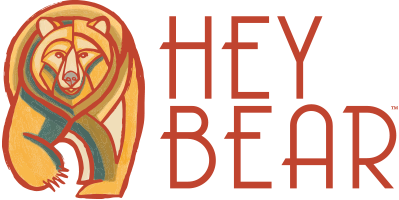IDENTIFYING GRIZZLY BEARS VS. BLACK BEARS
How to identify GRIZZLY BEARS VS. BLACK BEARS
Grizzly and black bears live in the Rockies. They have similar features, but how you react to seeing them can be very different. Black bears are easier to fight off, but Grizzly Bears are a completely different beast when it comes to aggression. While you are in the outdoors, knowing the difference between their scat, tracks and markings is another way to be aware of your surroundings.
Test yourself on the difference between a Grizzly vs. Black Bear.
Despite apparent differences in size and color, grizzly and black bears can be difficult to tell apart.
It is extremely important to know which species is which when you encounter a bear in your community or in the backcountry. The way you react to the two different types of bears is key to recreating within bear country.
Contrary to its name, black bears can be black, blue-black, dark brown, brown, cinnamon and even white. Grizzlies can range in color, from black to blonde. Although grizzly bears tend to be significantly larger than black bears, size is not always a good indicator of which species is which. Grizzly bears can weigh between 200 - 650 pounds depending on their age and gender. Black bears tend to weigh between 200 - 300 pounds. Even under the best of conditions you’ll find it’s nearly impossible to judge the size and weight of a bear in the wild.
Identify the bear species by the shoulder size, facial profile and claw length.
Hey Bear Kids Book
Follow along with Hey Bear and her adventures through the mountains and rivers of Montana. This beautifully illustrated story helps kids and adults alike share the connection between bears, people and the great outdoors. Say "Hey Bear!"
Description:
- • Hardcover
- • 20 pages
Grizzly Bear
- • Pronounced shoulder hump
- • Concave facial profile
- • Smaller ears
- • Longer, darker claws
- • Longer, fuzzier fur, especially on the face
- • Eyes closer together
Black Bear
- • Lacks pronounced shoulder hump
- • Flatter facial profile
- • Larger ears
- • Shorter, lighter claws
- • Flatter, shorter hair
- • Eyes further apart
read more
PETS & BEARS
TRASH TIPS
BEAR HABITAT
